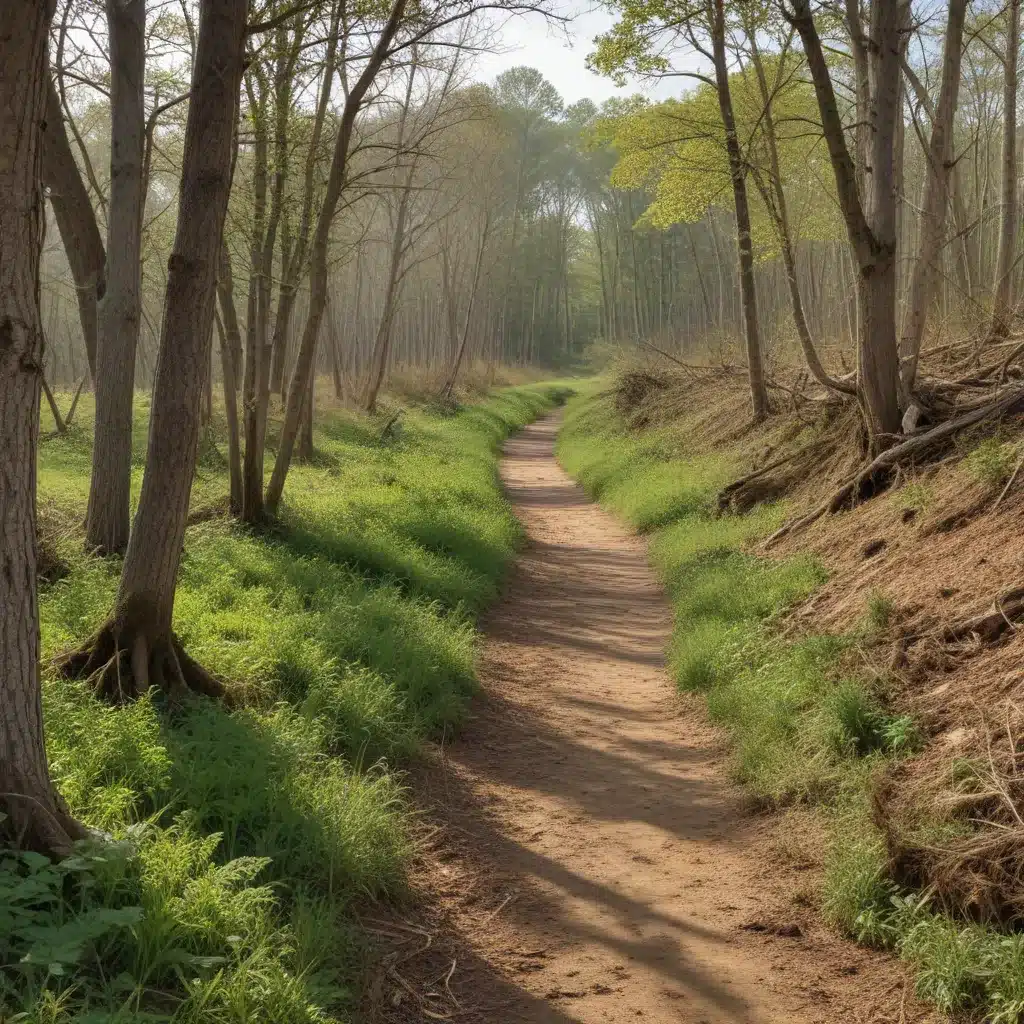
As a tree care specialist at TriCounty Tree Care, I’m here to share in-depth insights into the art and science of land clearing and vegetation removal. Whether you’re preparing a site for new construction, restoring a natural habitat, or simply maintaining your property, understanding the nuances of this process is crucial for maximizing the potential of your land.
Land Assessment and Preparation
The first step in any effective clearing project is a thorough site evaluation and analysis. This involves carefully assessing the existing conditions, including the types of vegetation present, the terrain, and any potential obstacles or hazards. By taking the time to understand the unique characteristics of your land, you can develop a tailored clearing strategy that minimizes environmental impact and maximizes the long-term viability of the site.
Identifying obstacles and hazards is a critical part of this assessment. These may include buried utilities, unstable slopes, or the presence of protected species or sensitive ecosystems. Addressing these issues upfront can help prevent costly delays and ensure compliance with local, regional, and national regulations.
Vegetation Removal Techniques
Once the site has been thoroughly evaluated, it’s time to consider the most appropriate vegetation removal techniques. The choice between mechanical clearing methods and manual clearing practices will depend on factors such as the size and density of the vegetation, the terrain, and the desired outcome.
Mechanical clearing often involves the use of heavy machinery, such as bulldozers, excavators, and mulching machines. These powerful tools can efficiently remove large areas of dense vegetation, including trees and shrubs. However, it’s important to carefully plan the operation to minimize soil disturbance and protect any valuable assets or sensitive areas.
Manual clearing, on the other hand, is a more labor-intensive approach that relies on hand tools, such as chainsaws, brush cutters, and loppers. This method is often preferred in more delicate or inaccessible areas, where the precision and control afforded by manual labor can be advantageous. It’s also a useful option for smaller-scale projects or when working in close proximity to existing structures or infrastructure.
Waste Disposal and Management
Once the vegetation has been removed, the next challenge is to address the resulting waste. Responsible waste disposal and management is crucial, both for environmental considerations and to ensure compliance with local regulations.
Environmentally-friendly disposal options may include composting, chipping, or even repurposing the cleared materials as mulch or other landscaping products. This not only reduces the amount of waste sent to landfills but also helps to return valuable nutrients to the soil, supporting the long-term health and fertility of the site.
In some cases, certain materials, such as larger tree trunks or specialty wood, may be suitable for recycling or repurposing, further reducing the environmental impact of the clearing process.
Regulatory Considerations and Permits
Before beginning any land clearing project, it’s essential to familiarize yourself with the relevant local and regional zoning regulations. These may include restrictions on the types of vegetation that can be removed, requirements for environmental impact assessments, or the need to obtain specific permits.
Failure to comply with these regulations can result in costly fines, delays, or even legal action. By understanding and adhering to the applicable rules and requirements, you can ensure that your clearing project is conducted in a responsible and sustainable manner.
Sustainable Land Management Practices
Effective land clearing is not just about removing vegetation; it’s also about preserving and restoring the natural ecosystem. This involves implementing sustainable land management practices that promote the long-term health and resilience of the site.
Erosion control and soil conservation measures, such as the installation of sediment fences or the planting of native vegetation, can help to prevent soil degradation and maintain the integrity of the landscape. Similarly, efforts to preserve or restore habitat for local wildlife can contribute to the overall ecological balance of the area.
By incorporating these sustainable practices into your land clearing and management strategy, you can ensure that your property not only looks its best but also functions as a thriving, self-sustaining ecosystem.
Project Planning and Execution
Successful land clearing projects require meticulous planning and execution. This includes developing a detailed budget, establishing a realistic timeline, and optimizing the scheduling of various tasks to ensure efficient and cost-effective implementation.
Careful equipment selection and utilization is also crucial. Choosing the right tools and machinery for the job, and ensuring that they are operated safely and in accordance with industry best practices, can significantly improve the overall quality and efficiency of the clearing process.
Contractor Selection and Oversight
For larger or more complex projects, it may be necessary to engage the services of a professional land clearing contractor. When evaluating potential service providers, it’s important to consider their qualifications, experience, and track record of successful projects.
Ongoing project oversight and quality control measures are also essential to ensure that the clearing work is being carried out in accordance with your specifications and to the highest standards of safety and environmental stewardship.
By partnering with a reputable and experienced contractor, you can have confidence that your land clearing project will be executed with precision and care, unlocking the full potential of your property.
To learn more about the latest techniques and best practices in land clearing and vegetation management, be sure to visit TriCounty Tree Care. Our team of experts is dedicated to helping landowners like you maximize the value and sustainability of their properties.


